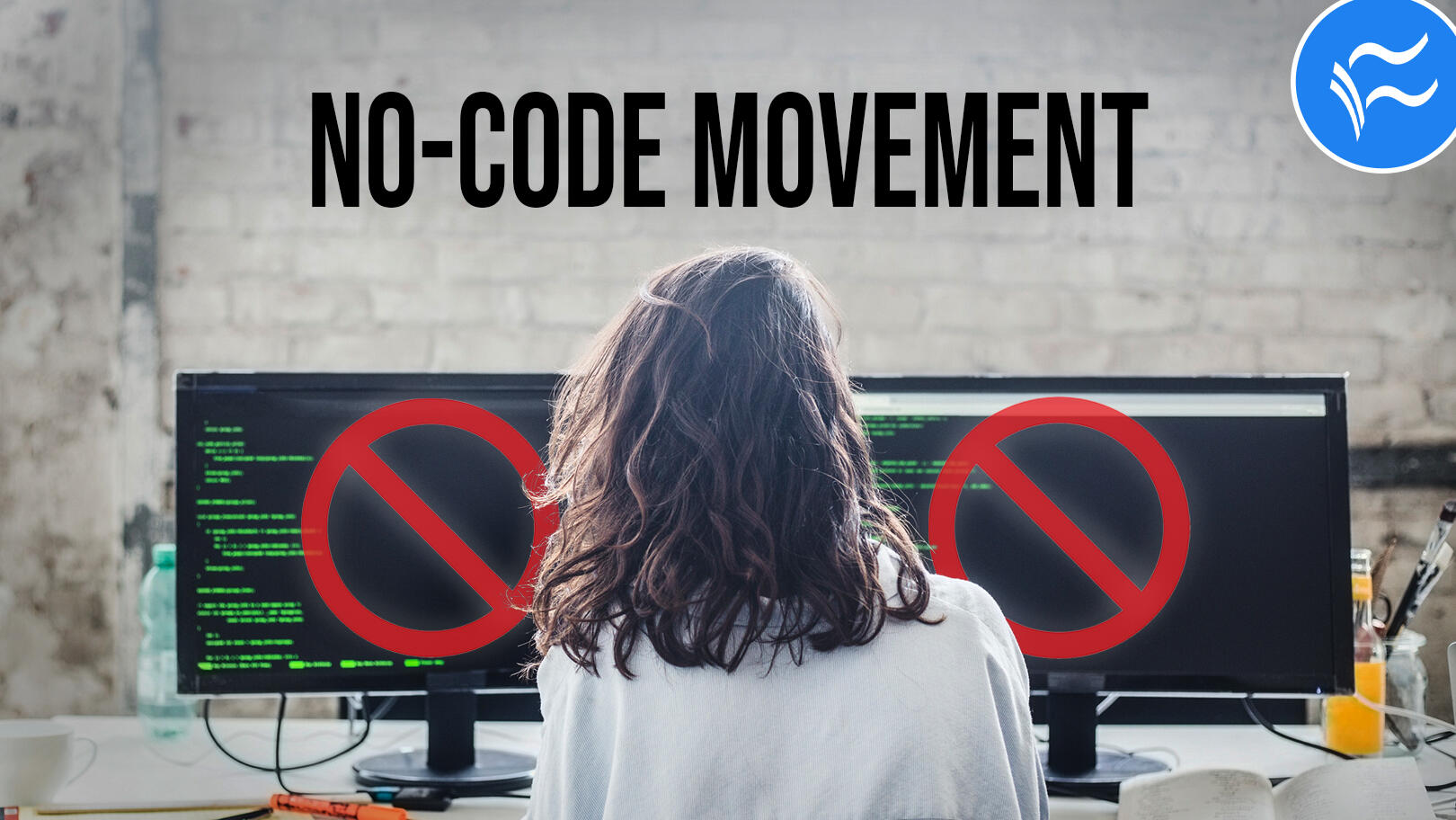Web design vs web development

The future of web design and web development is being redefined.
Ten years down the line, experts in design and coding will still be in high demand. But their actual day-to-day tasks will look different as the no-code movement — a trend of enabling non-coders to build websites and software visually — changes the job landscape.
Designers, marketers, and the other professionals will be able to build much simpler apps, websites, and other digital tools without writing so much as a line of code. Developers will then have more time for complex projects.
But the long-term effects of this sort of disruption may be even more significant. We’re most likely to see an emergence of new roles — hybrids of what were once two different jobs — as the tools we use to accomplish the process of web building become more and more efficient.
Web development vs. Web design: What’s the difference between the two?

Web design is the visual looks and aesthetics of a website and the functionality from a user’s point of view. Web designers quite often work within the design software like Figma or Adobe XD to create something that is visually appealing user experiences. They then hand over those designs to the developers. Web applications and website designs involves the UX designers and visual designers using their skill-sets to make color palettes, templates, wireframes, mockups, design systems, and more to help developers build the product.
Web development is the process wherein the programmers use coding to design a website and create the intended design using programming languages like CSS, HTML, JavaScript, Python, Ruby on Rails, and many more. There are back-end developers also who focus on the infrastructure of a website or web design application (hosting, security, etc), there are front-end developers who focus on the functionality of the site or an app, and there are full-stack developers also that work on both front-end as well as the back-end.
What is the no-code movement?

The no-code movement is a growing trend towards the use and utility of the tools that enable and help the teams with little to no programming ability to carry out tasks that require and use of coding. No-code tools are typically visual builders. Users assemble and combine the digital assets without seeing or viewing any code, but these tools generate code in the background.
No-code benefits the users who can’t write code but want to build things online. And no-code tools reduce and bridge the gap between the demand for apps or websites and the limited availability of the engineering resources.
Webflow, for instance, enables the designers to build websites visually, without using or possessing any programming skills whatsoever. Webflow produces a professional site in a clean, semantic code, but the designer is able to build the site in a visual system.
The no-code movement is not exclusive to the web design. It fuels and instigates creation and innovation in an array of the industries. Users who possess no coding skills can use Zapier to connect multiple apps, Airtable to create databases, Ada to create the artificial intelligence or AI chatbots, Voximplant to deploy cloud contact centers, and much more. The scope of what users can build using the drag-and-drop feature, no-code tools grows very rapidly and quickly.
No-code tools aren’t a replacement for human expertise
No-code does not mean that you don’t need any coders anymore. Tools like Webflow or Airtable are meant to empower the professionals to focus and concentrate on the more specialized, complex things they are uniquely qualified to handle and manage. Data engineers and coders, for instance, don’t want to spend days writing the API integrations — they want to work on more interesting, intriguing and rewarding projects. And with the employees working on different projects they’re uniquely qualified for, “companies are more agile and can unlock new levels of productivity that ultimately give them an edge over their competitors,” says Philipp Seifert, a vice president at the venture capital firm Sapphire Ventures.
With the no-code practice, designers who were once only in charge and responsible for coming up with the image of a user interface or UI can now take charge of the front-end development on their own.
Benefits of using no-code tools
No-code solutions offer a range of other benefits to the companies as well, including:
Faster launches: Marketing, design, and the other teams can build various assets independently and launch their initiatives fast and quickly. Engineers no longer have to be pulled to create each and every form, app, or dynamic page. Alexey Aylarov, Voximplant’s co-founder and CEO, says he has and possesses “seen cases where designers work with front-end developers in different apps that possess no-code components, and, at the end of the day, it speeds up the whole process of delivering the end result to production.”
Better tools: No-code empowers functional teams — marketing, sales, HR, operations — to build and maintain their own tools. And these sorts of teams “understand their own problems the deepest,” says Justin Gage, head and of growth at Retool. “Enabling and helping them to build their own apps means better tools, faster turnaround times, and, ultimately, a more efficient company.”
Cost reduction: Companies save the precious funds each time a project can be completed without the involvement of expensive engineering tools and resources and scarce technical talent.
Easier testing: Teams have more freedom to test their ideas now that they can build and modify their tools, websites, and the other assets. And once the new insights are discovered, teams can act quickly and fast and gain a competitive edge and try out the latest trends and designs.
Ownership over the asset: “Companies that use no-code tools will own assets they build instead of relying on technical partners and agencies,” says Webflow’s co-founder and CTO Bryant Chou. And owning assets allows companies to experiment and come up with bespoke designs that stand out.


0 responses on "Web design vs web development"